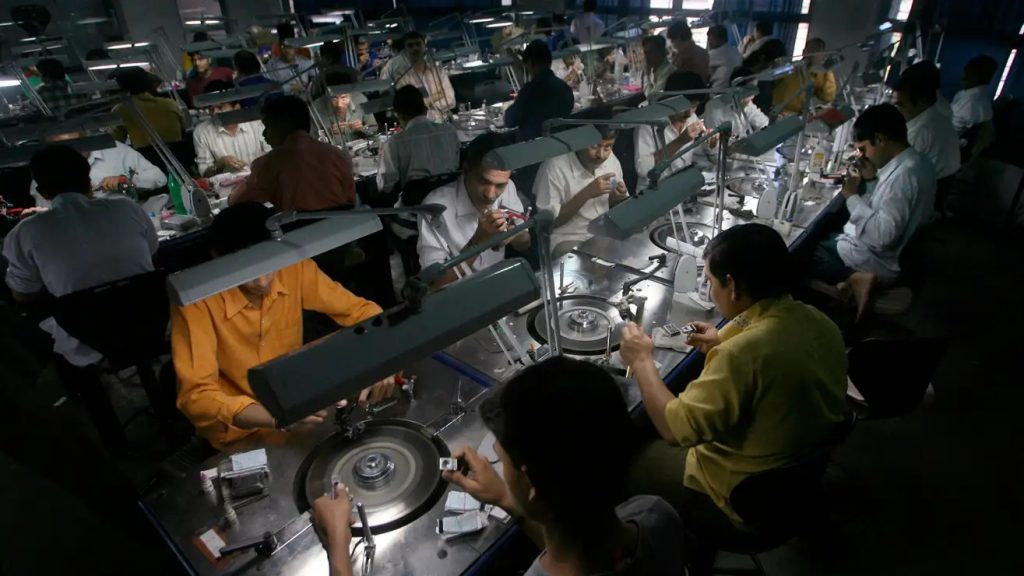
In Surat, India’s famed “Diamond City”, where 14 out of every 15 natural diamonds are cut and polished, a deepening crisis is unfolding.
For Kalpesh Patel, a 35-year-old owner of a small diamond cutting and polishing unit, this year’s Diwali could mark more than just a festival of lights — it may signal the lights going out on his eight-year-old business. Patel employs 40 workers transforming rough stones into polished gems destined primarily for the United States. But with the recent announcement by US President Donald Trump of a 50% tariff on imports from India — taking the total duty on cut and polished diamonds to 52.1% — the industry’s already fragile state may tip into collapse.
The US is India’s largest export market for diamonds, accounting for over one-third of total shipments. In the 2024–25 financial year, India exported $4.8 billion worth of cut and polished diamonds to the US, out of a total $13.2 billion worldwide. For many small and medium-sized manufacturers in Surat, Ahmedabad, and Rajkot — employing more than two million people — this trade lifeline is now under severe threat.
An Industry Already Under Pressure
The tariffs arrive on top of multiple recent challenges. The COVID-19 pandemic slowed global luxury demand, the Russia-Ukraine conflict restricted access to rough diamonds, and the G7 ban on Russian stones further strained supply chains. Salaries for many diamond workers in Gujarat have already been halved in recent years, with some forced into poverty-level incomes. Tragically, industry unions report dozens of suicides linked to the ongoing downturn.
Lab-grown diamonds have added to the pressure, offering consumers a lower-priced alternative — often just 10% of the cost of natural diamonds — and proving difficult to distinguish without professional laboratory testing, such as that provided by DCLA. This shift in consumer preference is eating into the market for natural stones, further squeezing margins for cutters and polishers.
Declining Trade Figures
According to the Gem and Jewellery Export Promotion Council (GJEPC), India imported $10.8 billion worth of rough diamonds in 2024–25, a 24% drop from the previous year. Exports of cut and polished natural diamonds fell nearly 17% year-on-year.
Industry leaders warn that if the new US tariffs remain in place, as many as 200,000 workers could lose their jobs in Gujarat alone.
Ripple Effects Beyond India
The impact will not be confined to India. US jewellers — around 70,000 businesses — will also feel the pressure as higher prices could dampen consumer demand. This could disrupt supply chains, delay deliveries, and push customers towards alternative products.
Finding a Way Forward
Some in the industry see an opportunity to strengthen domestic demand and diversify exports towards Latin America, the Middle East, and other emerging markets. India’s domestic gems and jewellery market is projected to grow from $85 billion to $130 billion within two years, offering a potential buffer.
For now, though, the threat is real and urgent. Without relief on tariffs, support for natural diamond certification, and a coordinated strategy to protect jobs, the world’s biggest cutting and polishing centre risks losing its global dominance — and with it, a key part of the natural diamond supply chain.
As Patel puts it, “Without help, the business will lose its shine forever.”